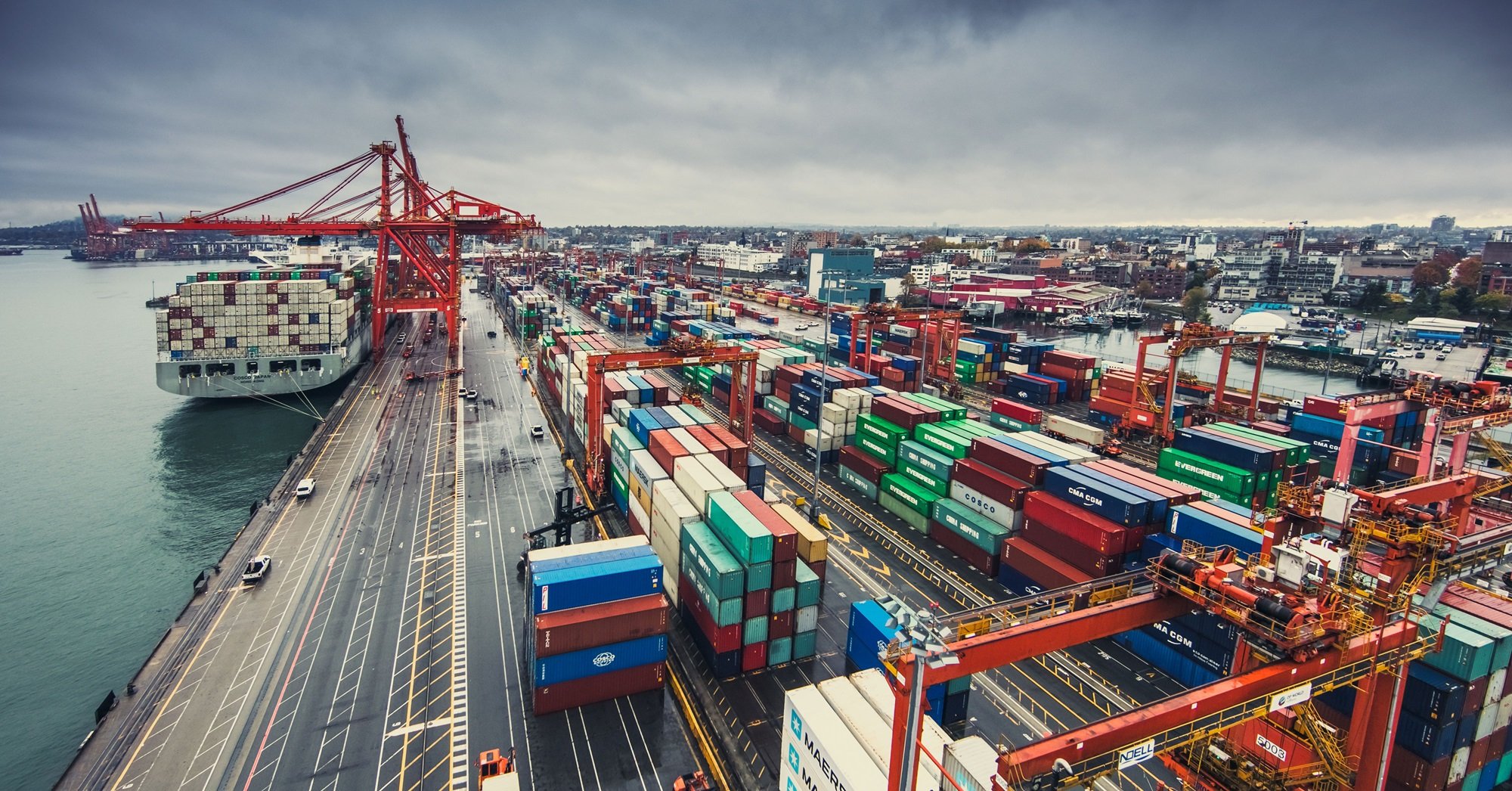The incidents recorded during 2025 increased significantly compared to previous years, raising concerns for both the safety of ships and crews as well as the environmental and economic impacts.
At the same time, according to the latest data from the World Shipping Council (WSC), 576 containers were lost at sea in 2024, compared to 221 in 2023 – an increase of over 160%.
Although this percentage corresponds to only 0.00023% of the approximately 250 million containers transported annually, each incident constitutes a serious risk to navigation and the environment.
This increase is directly related to geopolitical instability and the shift in trade flows.
Many shipowners are now choosing the detour around the Cape of Good Hope, avoiding the Red Sea due to attacks by Houthi forces.
However, this route, although safer from a security standpoint, exposes ships to strong winds, waves, and parametric rolling, significantly increasing the risk of cargo loss.
In light of this reality, the International Maritime Organization (IMO) approved new mandatory measures for reporting the loss of containers at sea, which will come into force on January 1, 2026.
The amendments require ship masters to immediately report any loss or sighting of containers at sea, notifying nearby ships, coastal states, and ship flags.
The goal of the new regulation is to improve transparency, accelerate incident response, and reduce the risk to navigation safety.
Concurrently, the collection of data will allow the IMO to compile a unified database, which will facilitate the identification of trends and causes behind the incidents.
Recently, a series of serious incidents have served as a reminder of the criticality of the issue.
For example, in the Gulf of Callao (Peru), an Evergreen ship lost approximately 50 containers during maneuvers in the port, due to stormy winds and waves, while the cargo included electronics, clothing, and over 500,000 iPhone 17s, causing damages worth millions of dollars.
One month ago, in the port of Long Beach, the ship “Mississippi” lost 95 containers, with the US authorities completing the complex weeks-long retrieval operation last week.
Meanwhile, off the coast of South Africa, an MSC ship lost 46 containers, while another 305 were damaged, with the local maritime authority (SAMSA) issuing a navigation warning, highlighting the increased risk in the sea area.
As Taslim Imad, Head of the Loss Prevention Department at Steamship
Mutual, points out, “the increased incidents can be prevented, provided safety is treated as a shared priority across the entire supply chain.”
The most frequent causes include: inadequate cargo securing within containers, incorrect stowage (e.g.,
heavy containers on top of lighter ones), the misdeclaration of weight (VGM), extreme weather conditions, and failures of securing mechanisms (twistlocks, lashing rods, etc.).
In this context, prevention, according to experts, requires accurate cargo data, correct stowage planning, regular inspections, and crew training for the recognition of dangerous situations.
The Netherlands Institute for Marine Research (MARIN) published in 2025 the results of the three-year research “TopTier: Securing Container Safety”. The study analyzed 44 incidents of loss of nearly 10,000 containers over the last 20 years, concluding that parametric rolling is the most frequent cause.
The research also highlighted the importance of accurate VGM declaration, adherence to stowage plans, as well as the proper maintenance of lashing equipment.
Technology seems to be entering the fight for the prevention of such incidents dynamically, with the Japanese JRC developing the Anti-Parametric Rolling System (APRS), a smart system that warns the crew when the ship is in danger of entering a phase of parametric rolling – a phenomenon that can cause the capsizing or loss of containers.
The system analyzes in real time the height, period, and direction of the waves, suggesting to the captain a change of course or speed.
Through a polar diagram, it depicts the safe (green) and dangerous (red) sailing zone, providing predictive indications of the maximum probable roll angle.
Thus, the crew has time to act before the ship enters critical motion, drastically reducing the risk of cargo loss.





